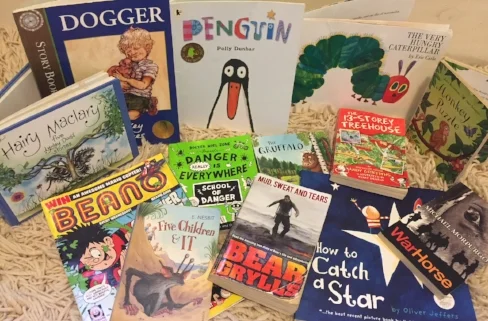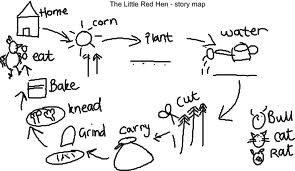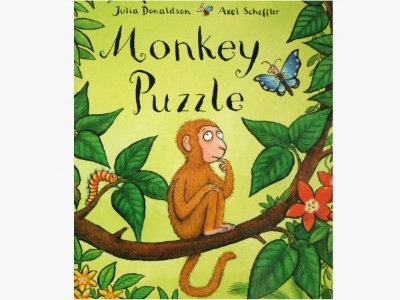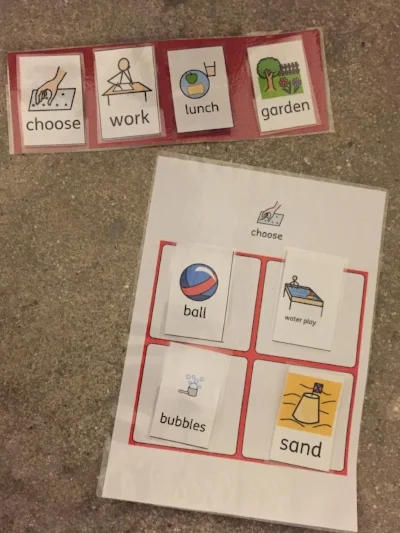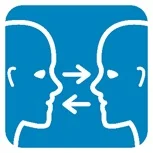Pointing marks a huge milestone in a child’s development.
Initially a child points using their whole hand. Later this is modified to a single finger point. Pointing usually develops between 7 and 14 months of age.
Pointing is used to:
- Request (point to an item they want, e.g. drink)
- To share information (point to an item of interest, e.g. tractor passing by)
Pointing encourages adults to talk about and label the items that your child finds interesting, and this helps them learn words.
Pointing has been linked to language development. Research has found that the more children point early in their development, the better their language abilities are later on.
A lack of a single finger point is an early indicator of communication difficulties.
To encourage your child to point hold up items of interest for your child. Keep these just out of reach to encourage your child to point to the desired item. Or offer a choice “apple or banana” (hold up the items on offer so your child can point to the desired item)
It is important that your child has frequent daily opportunities to learn and practise the skill of pointing.
If you are concerned that your child has not started pointing yet, talk to your Health Visitor or contact your local Speech and Language Therapist.
By Sarah Winstanley




